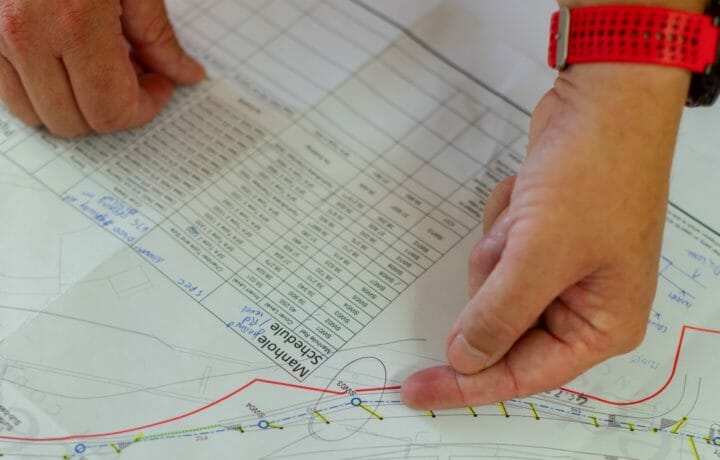Charles Sword with iRise discussed some very high-level internal workforce mobility challenges and guidelines from the Mobile 500. My expectation was that this would be a session of tips, insights and suggestions that government agencies could learn from the private sector. The session didn’t play out this way, and while it lacked specific examples, these were the key takeaways:
Mobility is changing expectations. It took AOL nine years to get one million users, it took Facebook nine months to get one million users, and it took Draw Something nine days to get one million users. Draw Something sold to Zynga for $210 million less than two months after launch. The speed of change and adoption today is tremendous.
75% of all workers have some level of mobility associated with their jobs, said Sword. Cost reduction is the number one reason companies are embracing mobile. Employee request is the second reason, he said. There are a number of benefits from mobility: operational efficiency and cost reduction; increased productivity; security and compliance; and business strategy/flexibility.
The top mobile platforms used by the Fortune 500 are iOS, Blackberry, and Android (in that order). There are many competing needs for corporate IT departments: social, mobilization of the web, cloud, big data, consumerization of IT. So, what’s an information officer to do!? Sword offered these tips:
1. Engage your organization:
- Executive sponsorship is key
- Build partnerships
- Listen to customers – internal and external
- Harness innovation
2. Create a mobility center of excellence:
- Scope it
- Governance model
- Define a strategy
- Iterate and refine
3. Time to Transform IT
- The Systems-Development-Life-Cycle is broken
- Architecture is more important than ever
- Big data comes home
- “Think different” about software products
Maxine is a business and digital strategy consultant. She helps public and private sector clients embrace social media and other collaborative technologies and principles to improve organizational efficiency and effectiveness. She helped to launch the U.S. Department of Defense’s Emerging Media Directorate, co-authored DoD’s Web 2.0/social media policy, and founded Government 2.0 Camp.


